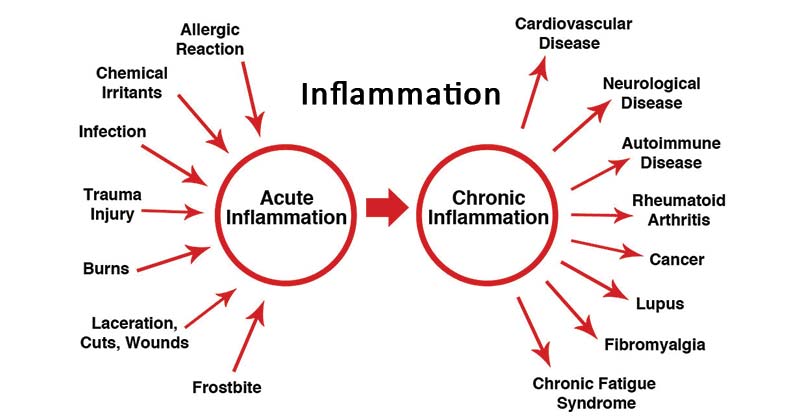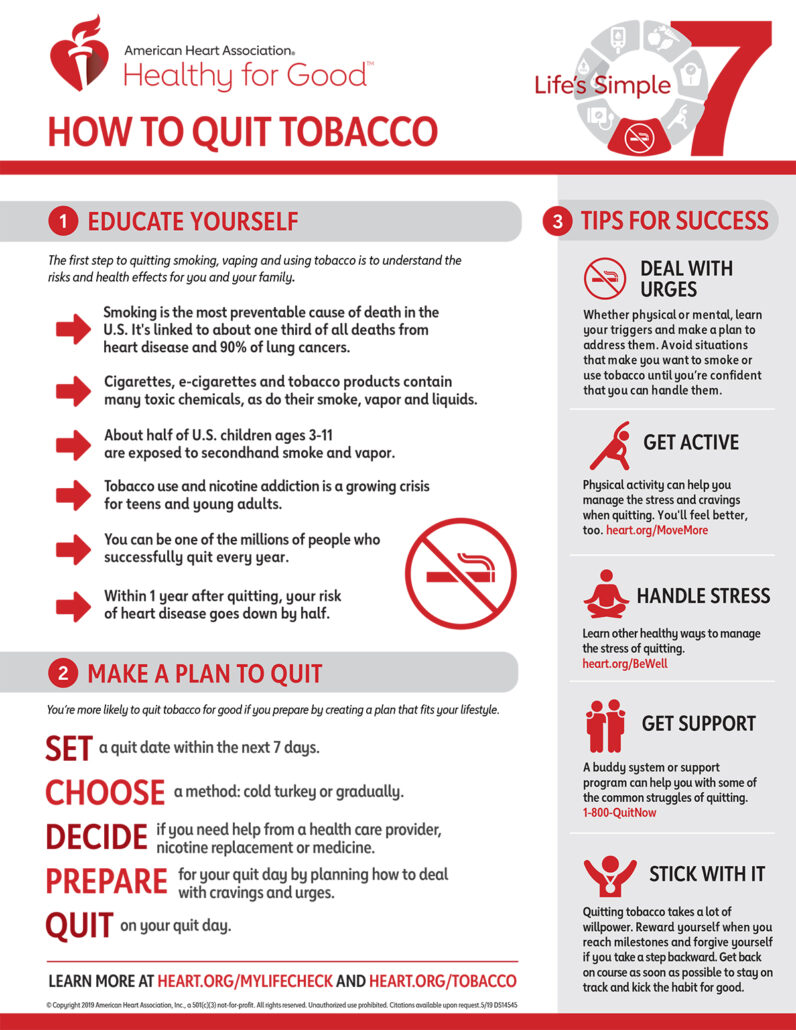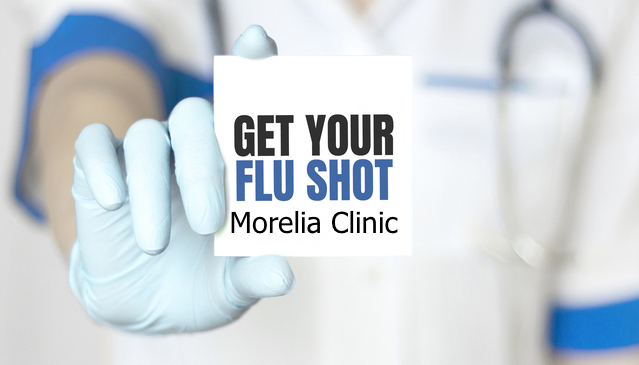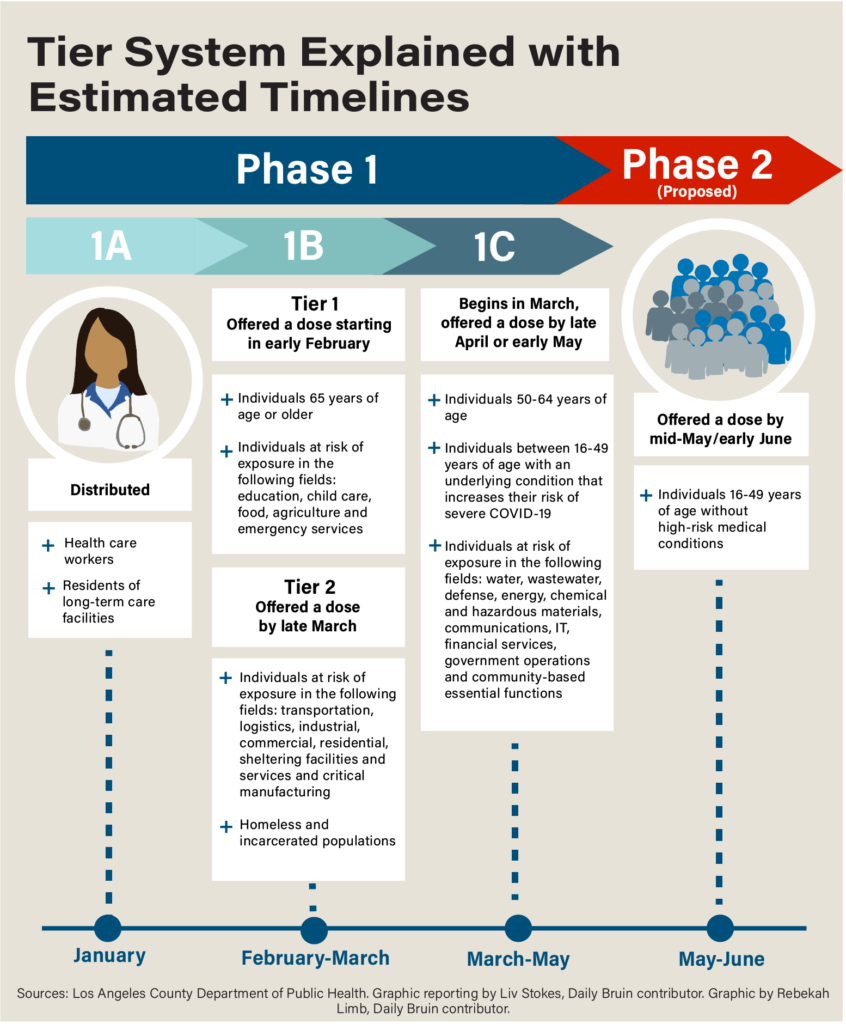What to know about melanoma
Melanoma is a type of skin cancer. It is not the most common, but it is the most serious, as it often spreads. When this happens, it can be difficult to treat, and the outlook may be poor. Risk factors for melanoma include overexposure to the sun, having fair skin, and a family history of melanoma, among others.
Receiving an early diagnosis and getting prompt treatment can improve the outlook for people with melanoma.
For this reason, people should keep track of any changing or growing moles. Using adequate protection against sun exposure can help a person prevent melanoma altogether.
What is melanoma?
Melanoma is a type of skin cancer that occurs when pigment producing cells called melanocytes mutate and begin to divide uncontrollably.
Most pigment cells develop in the skin. Melanomas can develop anywhere on the skin, but certain areas are more at risk than others. In men, it is most likely to affect the chest and back. In women, the legs are the most common site. Other common sites of melanoma include the face.
However, melanoma can also occur in the eyes and other parts of the body, including — on very rare occasions — the intestines.
Melanoma is relatively rare in people with darker skin.
Stages
The stage of a cancer at diagnosis will indicate how far it has already spread and what kind of treatment will be suitable.
One method of assigning a stage to melanoma describes the cancer in five stages, from 0 to 4:
- Stage 0: The cancer is only present in the outermost layer of skin. Doctors refer to this stage as “melanoma in situ.”
- Stage 1: The cancer is up to 2 millimeters (mm) thick. It has not yet spread to lymph nodes or other sites, and it may or may not be ulcerated.
- Stage 2: The cancer is at least 1 mm thick but may be thicker than 4 mm. It may or may not be ulcerated, and it has not yet spread to lymph nodes or other sites.
- Stage 3: The cancer has spread to one or more lymph nodes or nearby lymphatic channels but not distant sites. The original cancer may no longer be visible. If it is visible, it may be thicker than 4 mm and also ulcerated.
- Stage 4: The cancer has spread to distant lymph nodes or organs, such as the brain, lungs, or liver.
The more advanced a cancer is, the harder it is to treat and the worse the outlook becomes.
Types
There are four types of melanoma. Learn more about each type in the sections below.
Superficial spreading melanoma
This is the most common type of melanoma, and it often appears on the trunk or limbs. The cells tend to grow slowly at first before spreading across the surface of the skin.
Nodular melanoma
This is the second most common type of melanoma, appearing on the trunk, head, or neck. It tends to grow quicker than other types, and it may appear as a reddish or blue-black color.
Lentigo maligna melanoma
This is less common and tends to develop in older adults, especially in parts of the body that have had excessive sun exposure over several years, such as the face.
It starts as a Hutchinson’s freckle, or lentigo maligna, which looks like a stain on the skin. It usually grows slowly and is less dangerous than other types of melanoma.
Acral lentiginous melanoma
This is the rarest kind of melanoma. It appears on the palms of the hands, soles of the feet, or under the nails.
Since people with darker skin do not typically get other types of melanoma, these tend to be the most common type of melanoma in those with darker skin types.
Risk factors
Research into the exact causes of melanoma is ongoing.
However, scientists do know that people with certain skin types are more prone to developing melanoma.
The following factors may also contribute to an increased risk of skin cancer:
- a high density of freckles or a tendency to develop freckles following exposure to the sun
- a high number of moles
- five or more atypical moles
- the presence of actinic lentigines, also known as liver spots or age spots
- giant congenital melanocytic nevi, a type of brown birthmark
- pale skin that does not tan easily and tends to burn
- light eyes
- red or light hair
- high sun exposure, particularly if it produces blistering sunburn, and if sun exposure is intermittent rather than regular
- older age
- a family or personal history of melanoma
- a previous organ transplant
Of these risk factors, only sun exposure and sunburn are avoidable. Avoiding overexposure to the sun and preventing sunburn can significantly lower the risk of skin cancer. Tanning beds are also a source of damaging ultraviolet (UV) rays.
Being able to tell the difference between normal moles or freckles and those that indicate skin cancer can support an early diagnosis.
- Superficial spreading melanoma
- Nodular melanoma
- Lentigo maligna melanoma
- Acral lentiginous melanoma
- Skin changes due to cancer
- Normal mole
Symptoms
In its early stages, melanoma can be difficult to detect. It is important to check the skin for any signs of change.
Alterations in the appearance of the skin are vital indicators of melanoma. Doctors use them in the diagnostic process.
The Melanoma Research Foundation offer pictures of melanomas and normal moles to help a person learn how to tell the difference.
They also list some symptoms that should prompt a person to visit the doctor, including:
- any skin changes, such as a new spot or mole or a change in the color, shape, or size of an existing spot or mole
- a skin sore that fails to heal
- a spot or sore that becomes painful, itchy, or tender
- a spot or sore that starts to bleed
- a spot or lump that looks shiny, waxy, smooth, or pale
- a firm, red lump that bleeds or looks ulcerated or crusty
- a flat, red spot that is rough, dry, or scaly
ABCDE examination
The ABCDE examination of moles is an important method for revealing potentially cancerous lesions. It describes five simple characteristics to check for in a mole that can help a person either confirm or rule out melanoma:
- Asymmetric: Noncancerous moles tend to be round and symmetrical, whereas one side of a cancerous mole is likely to look different to the other side.
- Border: This is likely to be irregular rather than smooth and may appear ragged, notched, or blurred.
- Color: Melanomas tend to contain uneven shades and colors, including black, brown, and tan. They may even contain white or blue pigmentation.
- Diameter: Melanoma can cause a change in the size of a mole. For example, if a mole becomes larger than one-quarter of an inch in diameter, it might be cancerous.
- Evolving: A change in a mole’s appearance over weeks or months can be a sign of skin cancer.
Treatment
The treatment of skin cancer is similar to that of other cancers. However, unlike many cancers inside the body, it is easier to access the cancerous tissue and remove it completely. For this reason, surgery is the standard treatment option for melanoma.
Surgery involves removing the lesion and some of the noncancerous tissue around it. When the surgeon removes the lesion, they send it to pathology to determine the extent of the involvement of the cancer, and to make sure that they have removed all of it.
If melanoma covers a large area of skin, a skin graft may be necessary.
If there is a risk that the cancer has spread to the lymph nodes, a doctor may request a lymph node biopsy.
They may also recommend radiation therapy for treating melanoma, especially in the later stages.
Melanoma may metastasize to other organs. If this happens, a doctor will request treatments depending on where the melanoma has spread, including:
- chemotherapy, in which a doctor uses medications that target the cancer cells
- immunotherapy, in which a doctor administers drugs that work with the immune system to help fight the cancer
- targeted therapy, which uses medications that identify and target particular genes or proteins specific to melanoma
Prevention
Avoiding excessive exposure to UV radiation can reduce the risk of skin cancer. People can achieve this by:
- avoiding sunburn
- wearing clothes that protect the body from the sun
- using broad spectrum sunscreen with a minimum sun protection factor (SPF) of 30, preferably a physical blocker such as zinc oxide or titanium dioxide
- liberally applying sunscreen about half an hour before going outside in the sun
- reapplying sunscreen every 2 hours and after swimming or sweating to maintain adequate protection
- avoiding the highest sun intensity by finding shade between the hours of 10 a.m. and 4 p.m.
- keeping children in the shade as much as possible, having them wear protective clothing, and applying SPF 50+ sunscreen
- ]keeping infants out of direct sunlight
Wearing sunscreen is not a reason to spend longer in the sun. People should still take steps to limit sun exposure where possible.
Those who work outdoors should also take precautions to minimize exposure.
Doctors recommend avoiding tanning booths, lamps, and sunbeds.
What about vitamin D?
The American Academy of Dermatology (AAD) do not currently recommend sun exposure (or tanning) for the purpose of obtaining vitamin D.
Instead, they suggest “getting vitamin D from a [healthful] diet that includes foods naturally rich in vitamin D, foods and beverages fortified with vitamin D, and/or vitamin D supplements”
Diagnosis
Most cases of melanoma affect the skin. They usually produce changes in existing moles.
A person can detect the early signs of melanoma themselves by regularly examining existing moles and other colored blemishes and freckles. People should have their backs checked regularly, as it may be harder to see moles in this area.
A partner, family member, friend, or doctor can help check the back and other areas that are hard to see without assistance.
Any changes in the skin’s appearance require further examination by a doctor.
Some apps claim to help a person identify and track changing moles. However, many are not reliable.
Clinical tests
Doctors may use microscopic or photographic tools to examine a lesion in more detail.
If they suspect skin cancer, they will have a dermatologist biopsy the lesion to determine whether or not it is cancerous. A biopsy is a procedure wherein a medical professional takes a sample of a lesion and sends it for examination in the laboratory.
Outlook
Melanoma is an aggressive type of cancer that can be dangerous when it spreads. However, people who identify a lesion early can have a very good outlook.
The ACS have calculated the 5 year relative survival rates for melanoma. These compare the likelihood that a person with melanoma will survive for 5 years with that of a person without cancer.
If a doctor diagnoses and treats melanoma before it spreads, the 5 year relative survival rate is 98%. If it spreads to deeper tissues or nearby lymph nodes, however, the rate drops to 64%.
If it reaches distant organs or tissues, the likelihood of surviving for 5 years reduces to 23%.
For this reason, it is important to monitor any changing moles and seek medical attention for any that are changing, irregular, or growing. Taking preventive steps is also vital when spending long periods of time in the sun.









